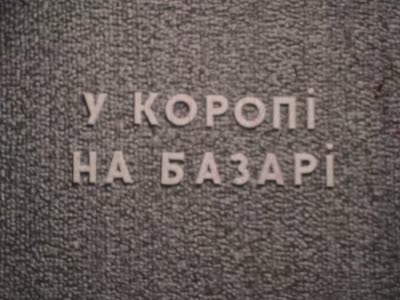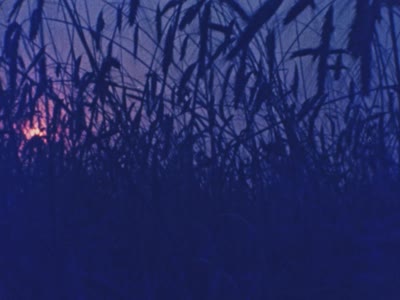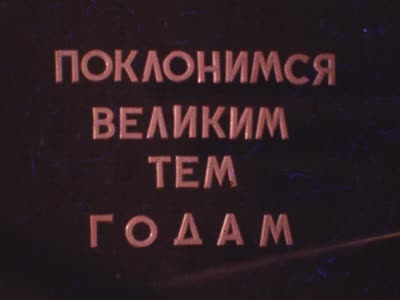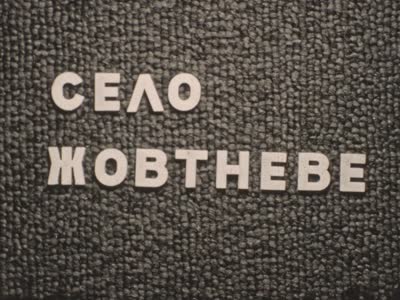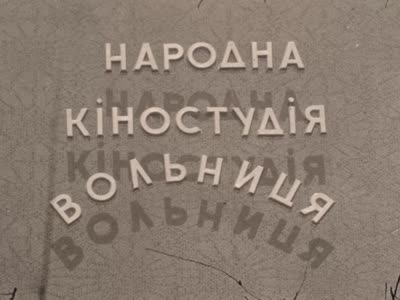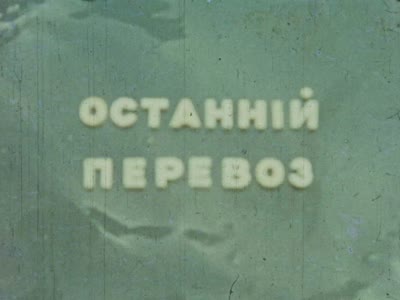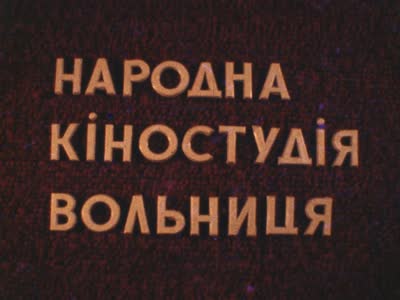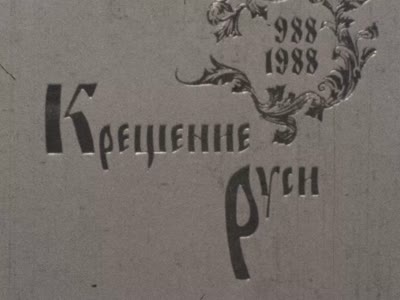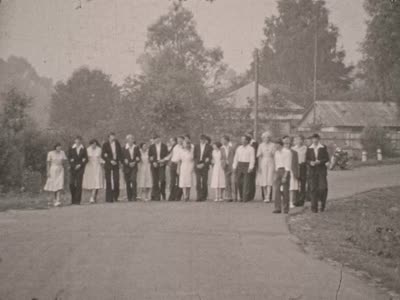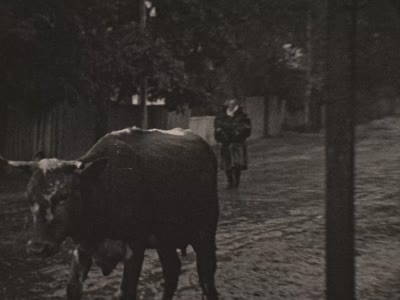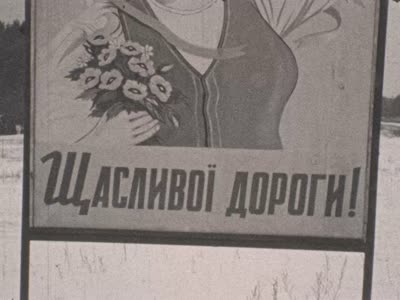Volnytsia People's Film Studio
The collection comprises sixty-six films made between 1973 and 1993 on 16mm film by members of the Volnytsia amateur film studio, founded in the village of Zhovtneve (modern Rozhdestvenske) by Dmytro Mykhailovych Kozel, a harvester and director of the local House of Culture.
The studio’s creative output encompasses films on political, historical, cultural, and social satirical themes. These works document solemn meetings, speeches by party leaders and heads of collective farms, and ceremonies honoring winners of socialist competitions among combine harvesters and milkmaids. The films provide a comprehensive chronicle of seasonal fieldwork, mechanization, and the agricultural machinery parks, alongside farm building complexes of ten collective farms — such as "Zorya," "Shlyakh Illicha," "Pravda," "Ukraina," "Peremoha," "Iskra," "Progress," "October Revolution," "Shevchenko," and "Svitanok" — spread across eighteen villages in the Novhorod-Siverskyi district of Chernihiv region. The reports aim to showcase the increasing prosperity in Soviet villages, highlighting growth through new commercial establishments, road construction, opening of shops and markets, and the erection of a bridge across the Desna River — connecting villages previously linked only by ferry. The collection also includes four issues of the satirical film magazine Zhakan, which critically examines negligence and personal responsibility of collective farmers in failing to fulfill plans, as well as the environmental consequences of farming practices, rather than simply blaming the inefficiency of collective farm production.
Further, the films feature narratives glorifying the Soviet army’s exploits in World War II and the Afghanistan conflict: celebrations, parades, rallies on Victory Day, mourning processions to rebury remains and unveil monuments to the fallen, and ceremonies honoring veterans.
Historical and cultural episodes portray traditional pre-Christian holidays as transformed and distorted by Soviet authorities. Among these are four documentaries of winter farewell ("Maslianytsa") celebrations, featuring characters like Did Moroz, Snow Maiden, and Spring, alongside paraphernalia such as kokoshniks and samovars, and activities like tug-of-war contests that obscure the holidays’ original meanings and ritualistic significance. Similar theatrical celebrations of Green Sunday and Ivan Kupala include brief references to traditional holiday symbols while emphasizing the involvement of party leadership in these public events.
The collection also contains four home movies from Dmytro Kozel’s private archive, depicting weddings of friends and intimate scenes of family life.
Most films feature two audio tracks: the primary soundtrack and a second audio track used by Dmytro Mykhailovych Kozel as an editing cue sheet.


